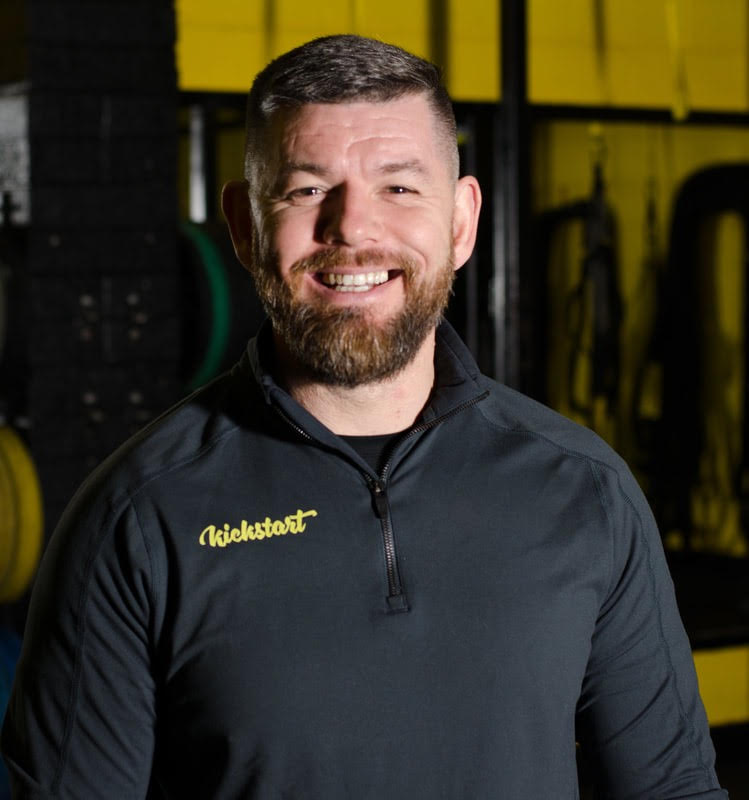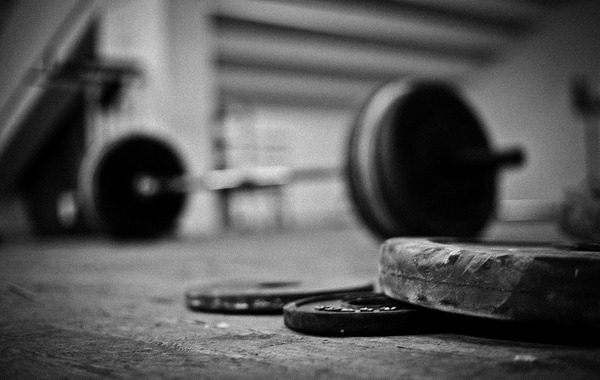Coach as Counselor Part 2 – Helping Professional and Competitive Athletes Break the Taboo of Mental Health Issues
MindsetABOUT THE AUTHOR


Darren Dillon
Darren Dillon is the owner and director of Kickstart Fitness Ireland. Founded in 2010, Kickstart Fitness has grown from what was initially a bootcamp in a local park into what is now a center of excellence for TRX®️Training and functional training, and a high performance hub for strength and conditioning. Darren also serves as head of performance at Shamrock Rovers FC, working with and programming for the academy through to senior professional soccer players. He is also Ireland’s only official TRX®️ Master Trainer, delivering all the company’s education courses to the Irish fitness industry.
// breaking the taboo of mental health issues in sports
When I began the previous installment of this series, I intended to just write a single post about identifying and trying to help remedy athletes’ mental health problems. But once I started lighting up my keyboard, I suddenly realized I’d blazed past 1,000 words and had only just scratched the surface. So here goes with part two.
In the previous piece, we mainly focused on how I try to maintain situational awareness of my athletes’ mood, energy level, performance, and body language, and what I do to help when a noticeable change in their demeanor indicates that they’re struggling psychologically or emotionally. Now let’s turn our attention to how this plays out with professional athletes.
As Rebekah, the wife of England and Leicester City Jamie Vardy, stated in a recent interview with The Telegraph, many pros face the same internal demons as the rest of us. It’s just harder for them to hold up their hands and say, “I need help.” Why is this? Well firstly, in men’s sports it’s all about ego and machismo. From an evolutionary biology standpoint, we’ve learned that we protect ourselves when we project physical power and competence. But in this day and age where most of us aren’t trying to stare down a bear or, unless you’re the All Blacks doing the haka, even a rival tribe, such posturing can actually be to our detriment because it closes us off from the help and care of others.
Then there’s the group dynamic to take into account. Team sports are competitive by their very nature, with everyone in the squad vying for playing time. Some are the stars who are trying to leave a legacy or catch the attention of an even bigger club. Others are young lads knocking on the door of the first team but haven’t quite broken through. Yet more are older athletes hoping to get one last contract before retiring. And everything in between. Nobody’s place is ever truly secure, not even the captain’s or a fan favorite who’s become a talisman for the team.
As a result, no one wants to admit that they have a problem, whether physical, emotional, or otherwise, lest it be perceived as weakness by the manager/head coach. They also don’t want to show any cracks in front of their mates in the dressing (American: locker) room, fearing that they’ll lose status or become the butt of jokes. So instead, they hold onto any pain, grief, or anxiety they’re experiencing and try to keep it away from everyone at the club. But the problem rarely goes away by itself – instead it usually just grows like weeds in an untended garden. Eventually, they start to choke the life out of the flowers.

As a coach, it’s my responsibility to notice when someone’s struggling mentally and intervene before it gets to the stage that there’s a breakdown or major incident. With pro players, this begins with a very similar approach to the one I use with clients at Kickstart Fitness and described in part one of this series. I keep my head up and my eyes and ears open to what’s happening on the training ground and in the changing rooms. If someone doesn’t seem like themselves, I try to get to the bottom of the problem. It could be that they’re just sick or had a bad night’s sleep. In which case, they’re going to work through that, although maybe I’ll suggest they back off or sit out to let their immune system bounce back or give them some sleep hygiene tips.


But if that’s not what’s really going on, I’ll try to put the player at ease so that they’re more likely to share in full disclosure. Just like with my gym clients, they usually feel more comfortable doing so over breakfast or coffee, knowing that their teammates and coaches (well, except me) aren’t looking or listening over their shoulder. As a professional, they’re often reluctant to show anything less than full command of every situation, so I’ll start by sharing some of my flaws, past mistakes, and struggles. Then I’ll ask an open ended question that encourages them to reciprocate, such as, “What’d you say is your biggest obstacle right now?” followed by some active listening and then a follow up like, “Is there anything I can do to help you get through it?”
One of the issues with pro players is that people have been telling them they’re a star since they were a kid. Then when they’re a bit older, they’ll often have scouts, friends, and family turning out to watch them play. It’s going to be hard for anyone to keep their ego in check if they’ve been made to think that they’re the next Messi or Ronaldo over and over again. Then they might get signed by a big club, which comes with all the trappings of fame – money, adulation, media attention. And from there, maybe material things like cars, an attractive partner, and pretty much all the stuff their fat contract can buy. But happiness isn’t one of them, and neither is contentment.
What isn’t talked about in the sports pages of the newspaper or on blogs is the unglamorous reality that most players still experience, even at the highest level – what most of us would call “real life.” Paying a mortgage, picking up the kids after school, and, like David Beckham, taking out the rubbish bins. This is a stark disparity from the pitch perfect lifestyle displayed on Instagram and other social networks. Then you add in the fickle nature of such platforms, where thousands or even millions of fans can praise you one minute and slam you the next. Not to mention the parenting issues, divorces, financial troubles, and other problems that celebrity athletes are just as susceptible to as the rest of us. But everyone expects them to be perfect, so they have to labor on in silence, often feeling totally alone despite the crowds who pack the stands and chant their name every Saturday.


What I try to do is to peel back the veneer of invulnerability. If I can make a player see that they cannot be perfect and that this is OK, then I can start chipping away at their tough shell. Not because I want to break them, but rather to see what’s really going on underneath. It’s only by getting the player to reveal the problem that we can start to problem solve and move forward constructively. Another thing I try to do quite regularly is help athletes understand the importance of being a good person and surrounding yourself with high quality individuals. Many of them have had no guidance in this area, and what do we expect from young people who get fame and fortune very early on but little direction on how to carry themselves, manage their money, and establish firm boundaries in their life. For what it’s worth, I try to show them the significance of looking after their health, the people around them, and their money, and staying away from self-destructive habits that can ruin them. The key point is that I do all this without wanting anything in return, other than to see them thrive as decent human beings.
As NBA player Kevin Love wrote in a candid article about his panic attacks for The Players’ Tribune, “Everyone is going through something that we can’t see.” As coaches, we cannot change how society views – or often simply neglects – mental health problems. Rather, it’s our job to make our athletes feel comfortable enough to air their unseen troubles, and then to provide whatever assistance we can to help them find workable solutions. We have the chance to leave a positive mark on people’s lives that transcends anything we could do on the training ground or in the weight room. To look at the person beyond the player. To create positive ripple effects that benefit our athletes’ families, friends, and communities. And it all starts with simply being observant, asking, “How are you doing?” and then being fully invested in the answer.
Are you a better coach after reading this?
More coaches and athletes than ever are reading the TrainHeroic blog, and it’s our mission to support them with usefull training & coaching content. If you found this article useful, please take a moment to share it on social media, engage with the author, and link to this article on your own blog or any forums you post on.
Be Your Best,
TrainHeroic Content Team
HEROIC SOCIAL
HEROIC SOCIAL
TRAINING LAB
Access the latest articles, reviews, and case studies from the top strength and conditioning minds in the TH Training Lab

